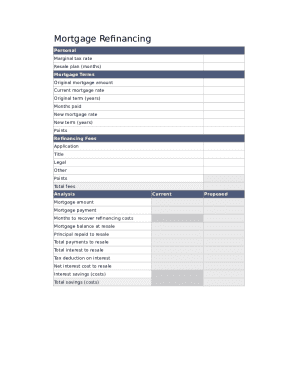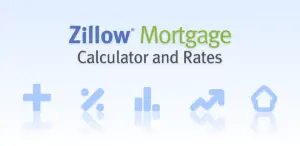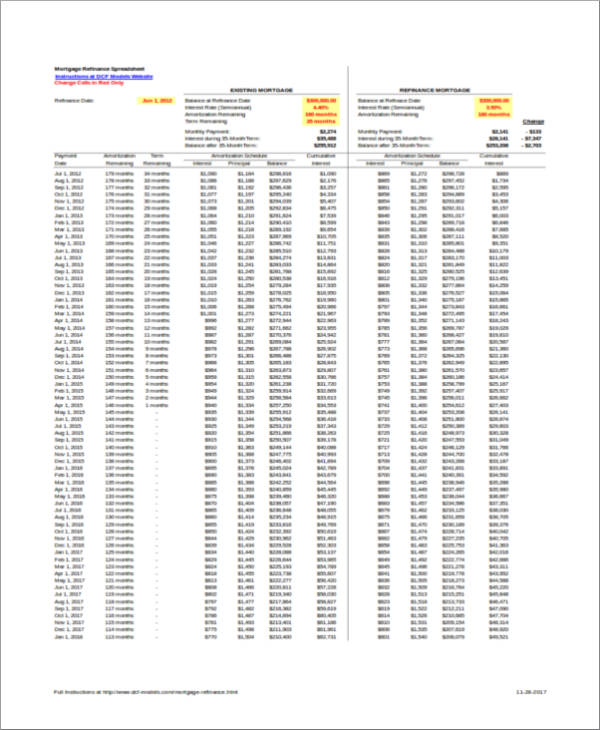
Maximum loan-to-value ratios by loan type An LTV above 80% may cost you more to borrow the money you need, or you may be denied a loan altogether. The vast majority of lenders consider 80% a good loan-to-value ratio, but the lower the better. Questions about mortgages? Find a local lender in minutes who can help What is a good LTV ratio? While the one-time premium at closing affects the amount of cash you’ll need at closing, it’s the monthly mortgage insurance premiums that can really affect your monthly budget, since you’ll have to pay it alongside your principal and interest payment each month.
#REFINANCE MORTGAGE CALCULATOR ZILLOW MAC#
Mortgage insurance premiums on FHA loans require an up-front payment at closing (1.75% of the loan amount) except Fannie Mae and Freddie Mac loans, followed by monthly payments. On an FHA loan, it serves the same purpose but is called a mortgage insurance premium (MIP). On a conventional loan, this type of insurance is called private mortgage insurance (PMI). An LTV of more than 80% means you’re making a down payment of less than 20%, which is high risk in the lender’s eyes and triggers the need to insure their investment. Typically, borrowers with an LTV of more than 80% are required to pay for mortgage insurance, which is an insurance policy that protects the lender if you default on your loan.

Your LTV ratio also impacts whether you’ll be required to carry mortgage insurance on your loan. LTV determines if you must pay for mortgage insurance Or, a better rate may mean you can afford a more expensive home than if you were paying more interest each month. Even a difference of a quarter to a half of a percent in your interest rate can mean thousands of dollars saved over a 15- or 30-year mortgage. Since your lender will see your low LTV ratio as a sign of your creditworthiness, they’ll likely offer you lower interest rates. If you stopped paying your mortgage, the lender could easily sell the property for more than half of its value and recoup their investment. From the lender’s perspective, that means you’re less likely to default on your mortgage and if you did, they’d have an easier time recouping their portion of the home price by reselling as a foreclosure.įor example, if you’re paying half of a home’s purchase price in cash and financing the other half, you’d have a 50% LTV, making you a very desirable borrower. Your LTV ratio is one important tool they use in qualifying you for a loan, along with your credit score, income, employment history and debt-to-income ratio.Ī low LTV shows a lender that you’re making more of an up-front investment in the home. Simply put, they want to ensure they don’t take on unnecessary financial risk by lending to you. When you apply for a mortgage loan, lenders use multiple data points to complete their risk assessment on your application.

LTV helps lenders determine your ability to repay the loan

And, a desirable LTV ratio can ensure you don’t have to pay monthly mortgage insurance, which can increase your mortgage by hundreds of dollars each month. Having a lower LTV ratio will not only help you qualify for a loan, but it will allow you to access lower mortgage rates, which can save you thousands of dollars over the life of your loan. The higher your down payment or existing equity, the lower your LTV ratio. LTV is expressed as a percentage and lenders prefer lower LTV ratios, such as 80% or less. Lenders use your LTV ratio during mortgage qualification to assess the risk of lending you money and to determine if you’ll need to pay mortgage insurance. A loan-to-value (LTV) ratio is a measurement lenders use to compare your loan amount for a home against the value of that property, whether you already own the home or plan to buy it.


 0 kommentar(er)
0 kommentar(er)
